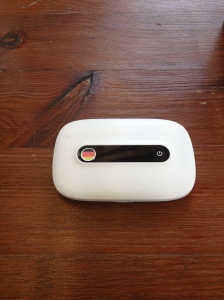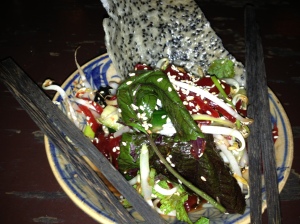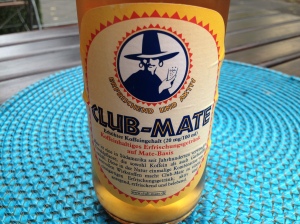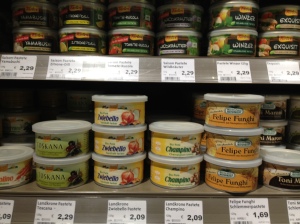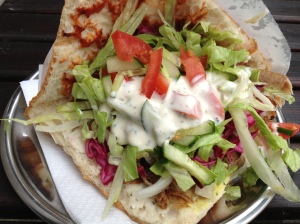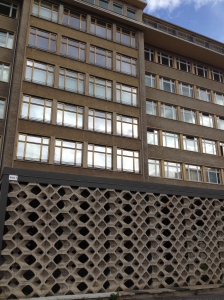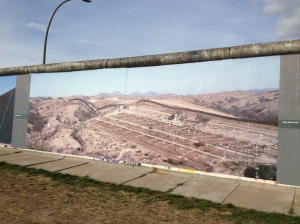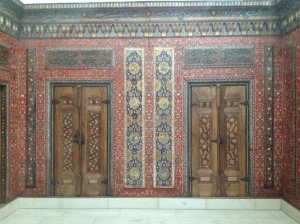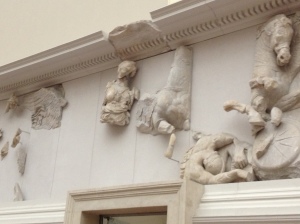I finally succumbed and got an iPhone just days before my vacation. I knew it would make some things, like navigation and checking email, easier. Even though I was fairly familiar with the phone, there were some kinks and things I learned along the way.
Data
First, turn your phone to airplane mode and shut off any data so you don’t get charged exhorbitant international rates.
Outlets
One thing I didn’t consider with a new phone was the European current for electricity (different outlet). Thankfully, I was able to borrow an extra adaptor that my friend had, but they are also cheap to buy online. If you plan to stay for a while, there are even power strips with universal outlets available.
Navigation
Many people swear by Google maps. While they are generally accurate for street directions, I find that I have more luck on public transportation using Hopstop. And I don’t always feel like letting Google monetize every bit of my personal data. In Berlin, Google maps doesn’t currently include buses or trams, only the U- and S-Bahn, so public transportation directions are fairly useless. My tech savvy friend recommended the FahrInfo app, which gives a list of alternate routes to your destination with approximate travel duration and arrive times. It also has maps of the U- and S- Bahn. I highly recommend it for travel within Berlin.
That said, Google maps are indispensable when you don’t have Internet access (navigation continues to work). Simply open a local map when you do have a connection, and continue to use it when you don’t. Their “greedy” algorithm works very well for street directions (walking, biking, driving).
Text or Chat
To communicate in country, my friend recommended What’s App or Viber. Unfortunately, since I didn’t download the apps before arriving, I couldn’t activate the service (via text message). (I receive way too many texts daily to opt to turn on that service.) Another friend recommends Zello, which is popular with her family in Mexico, who prefer the push to talk feature. All of these options are worth trying. We wound up using Facebook chat and it worked just fine.
Wifi Hub
There isn’t a lot of free wifi available in Berlin, but you can generally get access to a network at a cafe or a restaurant (when they remember the password). It gets challenging when you are out and about all day, at museums or just wandering around, trying to coordinate plans or in need of consistent access. My friend works at a startup called deMifi, which rents these nifty little portable wifi hotspots that are smaller than your phone at very reasonable rates. I also highly recommend!

